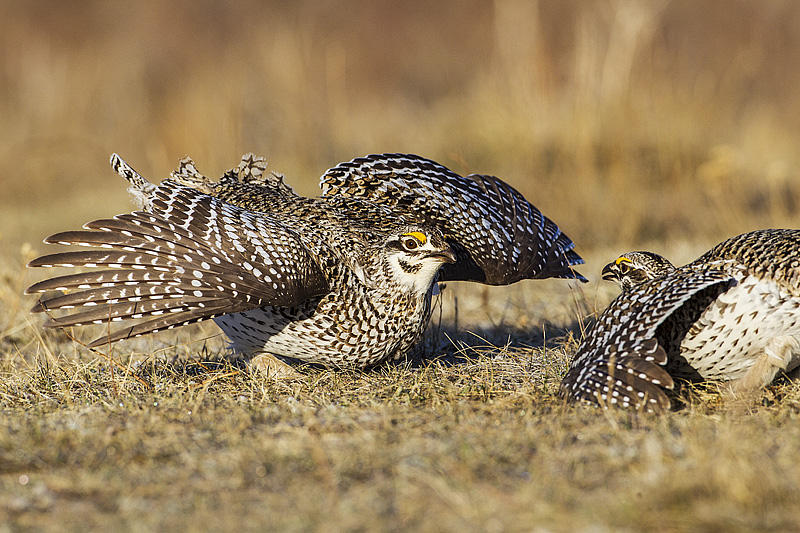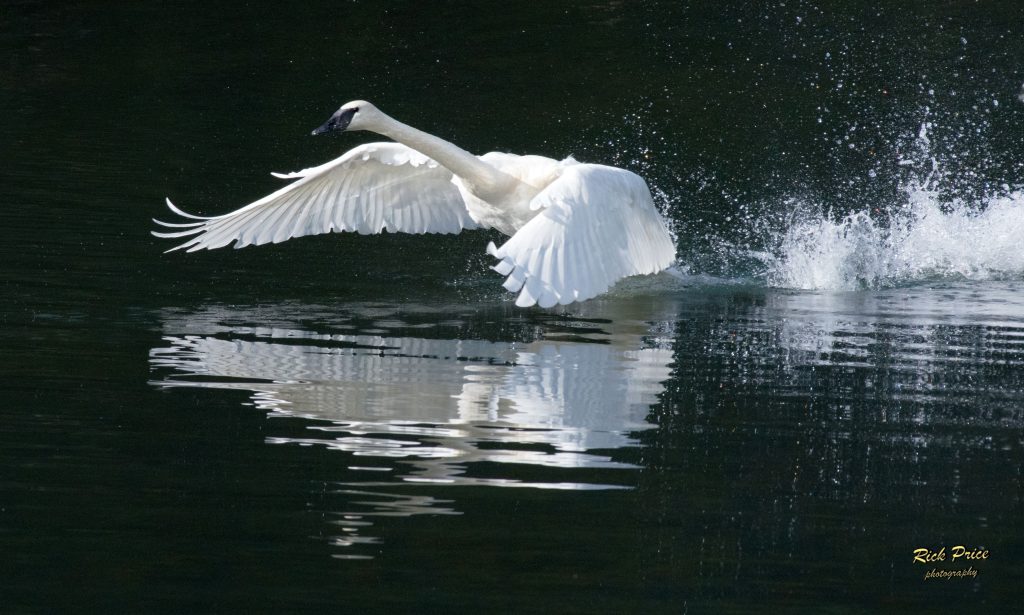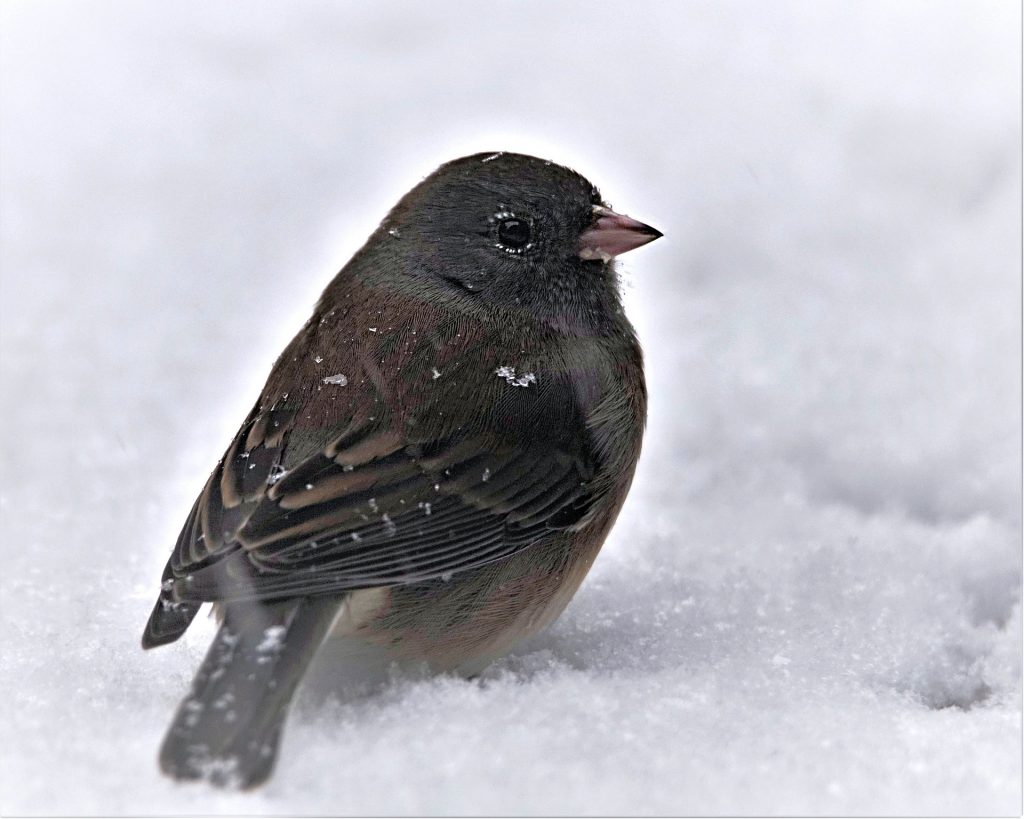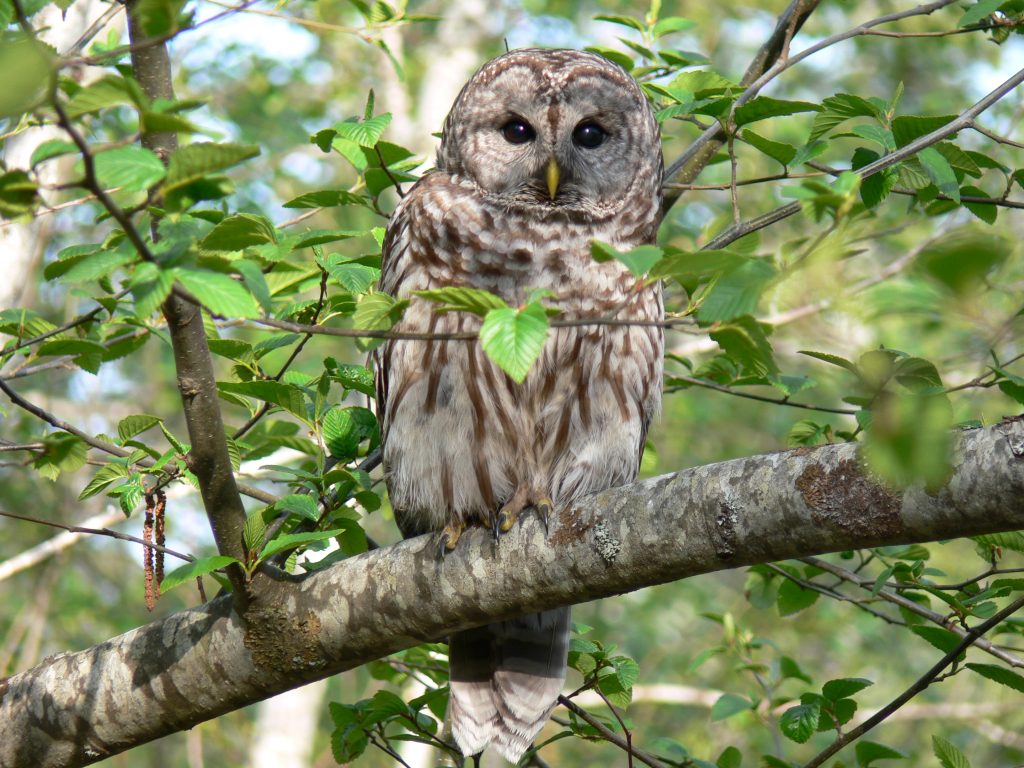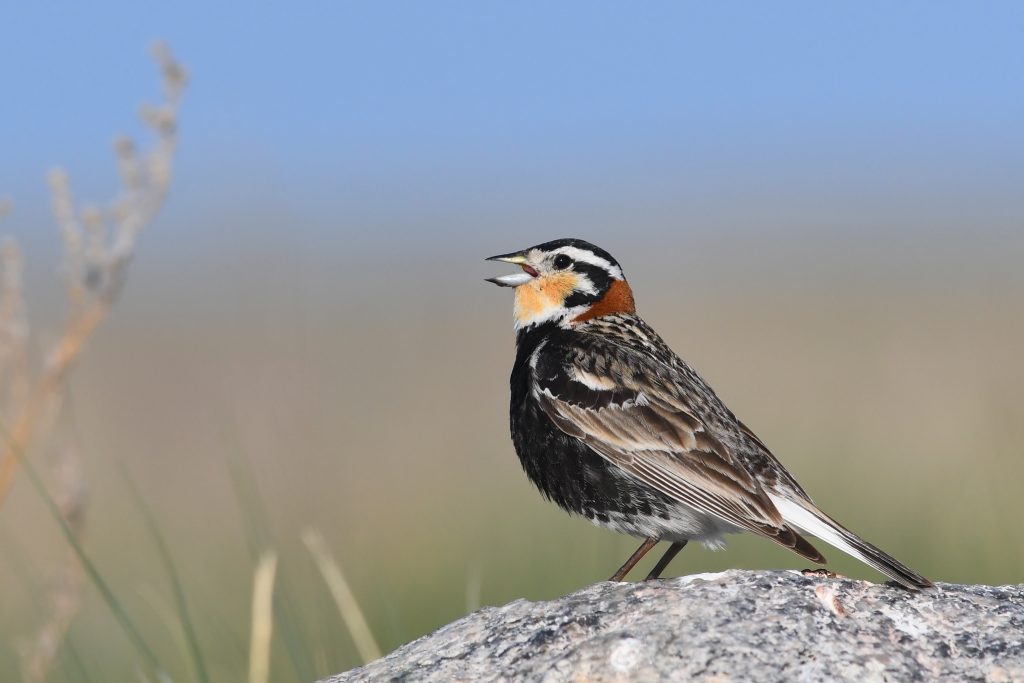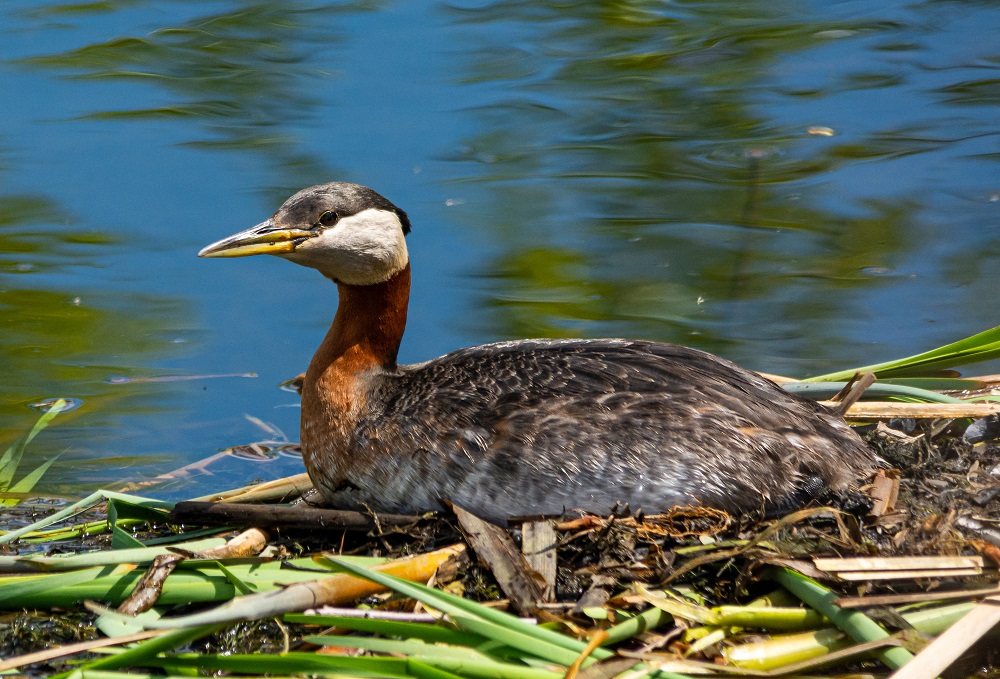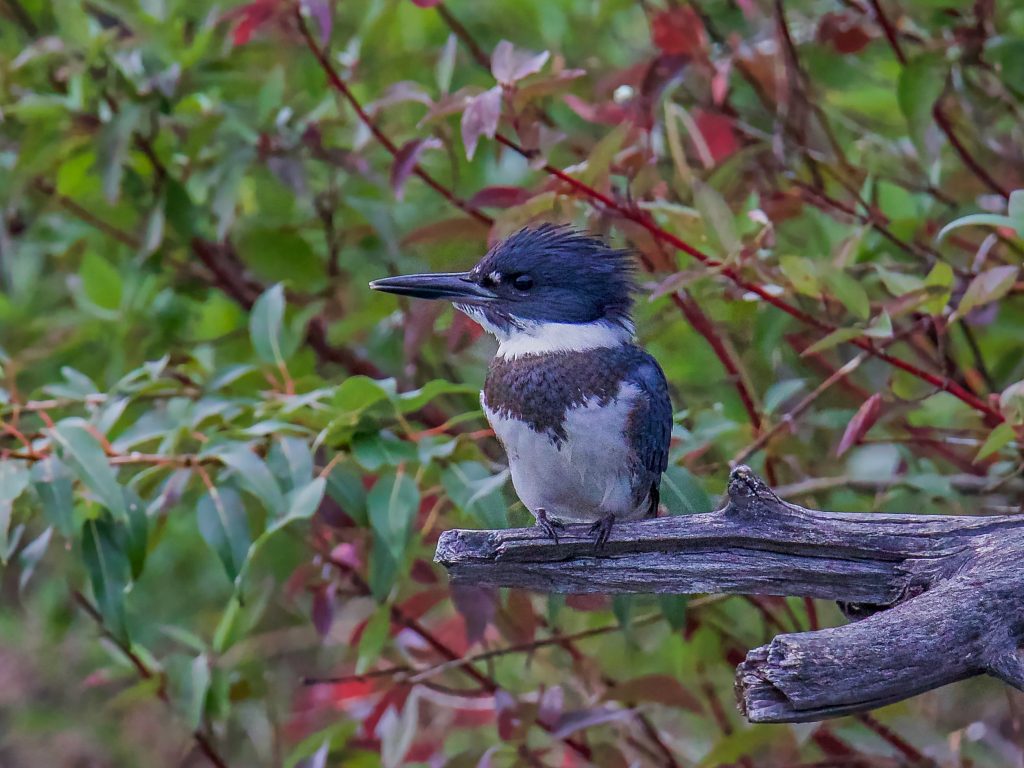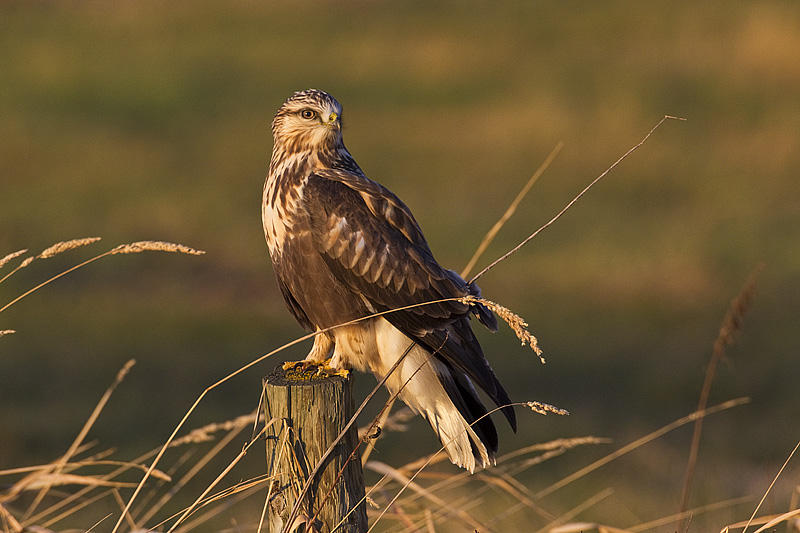Posts
Wainwright Wildlife Society
Wainwright, AB
mid-April – mid-May
BY NICK CARTER
Historically, trumpeter swans were found throughout Alberta. But by the early 1900s, the species was near extinction, mainly because of overhunting. Through concerted conservation efforts, the population is now well on its way to recovery – an amazing conservation success story.
Read MoreRecorded Presentation
Speaker: JANICE HURLBURT
Host: Edmonton Nature Club
Recorded Presentation
Speaker: LISA TAKETS PRIESTLEY
Host: Edmonton Nature Club
BY NANCY MAHONY
Few people are lucky enough to experience the dawn chorus on Alberta’s native grasslands — a bewildering concert of ringing trills, melodious gurgles, and jumbled songs. I’ve had the good fortune to do so on many May and June mornings, as a biologist researching grassland songbirds at one of Canada’s largest remaining native prairies, the Suffield National Wildlife Area near Medicine Hat.
Read MoreBY NICK CARTER
Although the courtship of red-necked grebes is one of nature’s great shows, it often goes unappreciated. The same goes for other grebe species. These birds generally do not inspire the same sense of northern majesty that loons do. Nor are they synonymous with Alberta wetlands the way ducks and geese are. But grebes are just as much a part of our lakes and ponds as all those other birds.
Read MoreRecorded Presentation
Speaker: THE BEAVERHILL BIRD OBSERVATORY
Host: Edmonton Nature Club
BY MARGOT HERVIEUX
If you spend time along rivers or small lakes this summer, you may be lucky enough to spot a kingfisher. There are many kinds of kingfishers in other parts of the world but in Canada we only have one species: the belted kingfisher.
Read MoreBY DORIS MAY & STEPH WEIZENBACH
Feel the Noise
BOOM! The first time I heard this loud, unnerving sound, it reverberated through the ravine where my prairie home lies nestled along a meandering creek. The sound was ominous, like a sound effect you might expect in a tense scene from a Jurassic Park movie.
Recorded Presentation
Speaker: CHRISTY MORRISSEY
Host: Crooked Creek Conservancy Society of Athabasca

